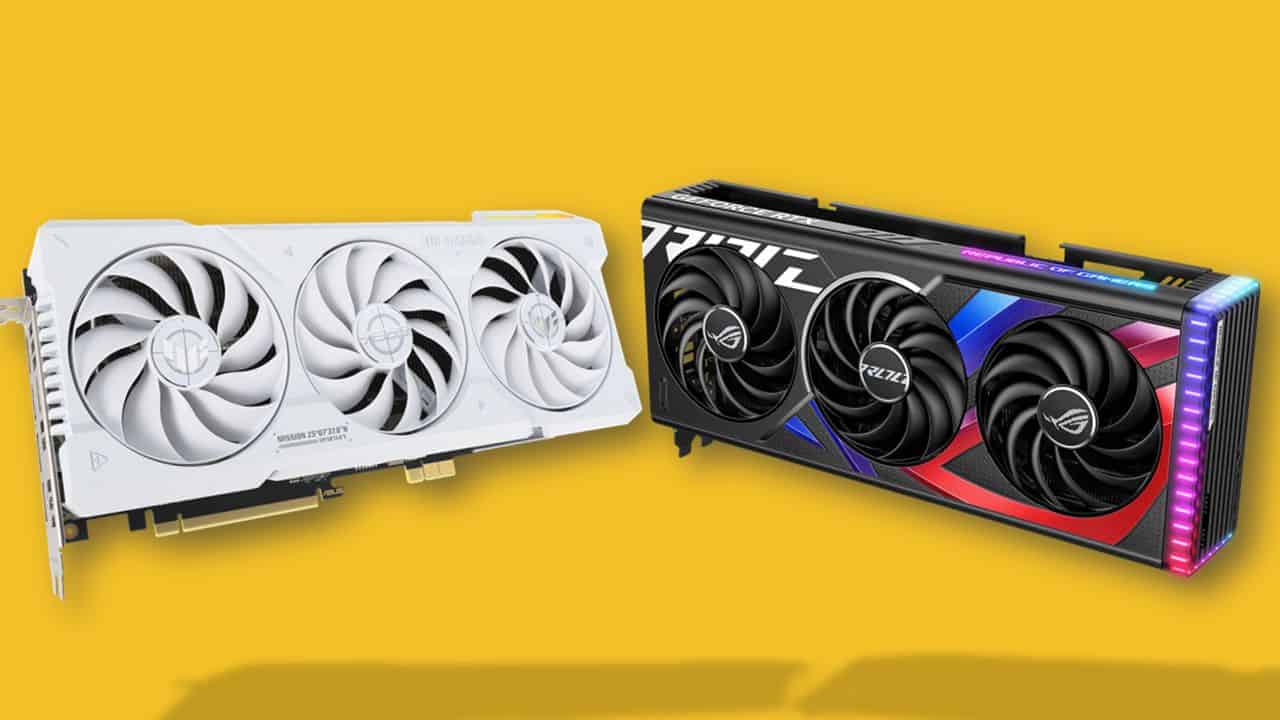Video Gamer is reader-supported. When you buy through links on our site, we may earn an affiliate commission. Prices subject to change. Learn more
You will need to know how to check your GPU temperature whether you’re building a PC from scratch or if you’re trying to optimize your graphics card’s performance. Knowing how to check your GPU temperature and how to lower your GPU temperature can both be crucial in checking if your graphics card is overheating and knowing how to prevent it. Want a graphics card with a low power consumption and IceStorm 2.0 Advanced Cooling to keep your GPU temperatures low? Here’s one we recommend.
ASUS Dual GeForce RTX 4070 Super OC Edition

VRAM
12GB
Base Clock
2,520 MHz
Boost Clock
2,550 MHz
TDP
220W
Why you need to check your GPU temperature
Your graphics card is likely the hardware component that is under the most demand, be it from playing AAA title games with high graphics or running video editing software; unless you have an extremely powerful GPU design for gaming or rendering, then your GPU will be working to meet your PC’s demands. If this is kept up for an extended period of time, or if you are using an outdated, or low quality, graphics card, then your GPU will start producing heat while it’s in use. If your graphics card’s temperature begins to exceed its maximum temperature threshold (which is around 85-95 degrees celsius depending on your current GPU and PC), your graphics card will try to reduce the heat production by slowing down. This is called throttling, and will result in performance drops like freezing or blue screens. If this happens frequently, it will degrade your GPU and reduce its ‘shelf life’.
How to check your GPU temperature via Task Manager
- Either right-click on your taskbar or use the shortcut Ctrl+Shift+Esc to launch Task Manager
- Go to Performance tab
- Select GPU section
- At the bottom of the page will be your current GPU temperature reading – note that Windows does not keep a record of your GPU temperatures, it will only give you the current temperature.
How to check your GPU temperature via Nvidia GeForce Experience
- Open the application if you already have it, or go to the Nvidia GeForce Experience website to download the software
- Open it from your Start menu or use the shortcut Alt+Z to launch
- Select Performance
- Your current GPU temperature should appear alongside other statistics
How to check your GPU temperature via AMD Adrenalin
- Open the software via your Smart menu or go to AMD Adrenaline’s website to get it if you don’t already have it installed. You will select which GPU you currently use, if you don’t know what one you have check out how to check what GPU you have in 2024. Then click Download.
- Launch Adrenaline via the Start menu or use Alt+R shortcut.
- Go to the Performance section
- Select GPU and click on Additional Metrics
- Your current GPU temperature should appear
Check your GPU temperature with third-party software
Some third-party softwares allow you to track your GPU temperature over time or offer more ways to optimize your GPU performance, which can be useful if you are considering overclocking your GPU or want to keep a better eye on your GPU stats. The following are some third-party softwares you can use to check your GPU temperature: HWiNFO, OpenHardwareMonitor, MSI Afterburner or EVGA Precision X1.
How do I know if my GPU is overheating?
There may be physical signs your GPU is overheating such as drops in performance quality (glitching, freezing, random shutdowns) or your console may feel hot and your fans may be making an increased amount of noise. The best way is to check your GPU temperature via Task Manager, if it is higher than 90-95 degrees Celsius it is too hot.
Is 80 degrees too hot for a GPU?
The optimal temperature for your GPU should be between 60-70 degrees Celsius, depending on your GPU. However, 80 degrees Celsius is not a worrying temperature, anything above 90-95 degrees Celsius is considered too hot.

